Up, Close and Unusual
New Delhi-based visual thinker, artist and photographer Hansraj Dochaniya speaks to us about the many inspirations and influences that drive his creativity forward; and the evolving nature of our collective expectations
Team AI
A lonely figure stands against a faded, rugged, old wall. Dressed in a green-n-white checked, long-sleeved shirt; a white pinafore-style garment with a tie-like embellishment at the waist; grey stockings; shiny, white, long, almost clownish shoes with a hint of a sequined bow-tie peeking from under the collar, the figure seems like a complete package of mystery. The face, wrapped in cloth and drenched in dazzling blue light hides just as much as the eccentric attire. But take a step back and take in the entire picture, and you simply cannot avoid the bold statement – a challenge even – that the figure seemingly screams out.

Such is the nuance in New Delhi-based visual thinker, artist and photographer Hansraj Dochaniya’s works, that they leave their viewers with more questions than answers – questions that in their own right, reveal inspirations that were hiding just beneath the surface. The above image, from his series of works titled Midnight, is all but one outcome of a creative career driven by the incessant need to compel people to ponder, question and re-think accepted norms. For Dochaniya, the key to his radical, non-conformist, at times surrealistic aesthetics lies with his subjects, the surroundings that shape their personalities and the very times and histories that make or break them. Talking to us over e-mail, in the midst of a global pandemic, he let us in on the many inspirations and influences that drive his creativity forward; and the evolving nature of our collective expectations.
Excerpts from the Interview
Your series ‘Midnight’ has an interesting use of coloured light, alluding to surrealism. We see a similar play with ‘Portraits’ and ‘Fridge’ as well. What is your process when it comes to selecting the colours of the light, the intensity, and placement?
My technique of using lights is inspired by the visual memories I have collected over the years. My experiences and observations have left an impression in my mind. I try to re-enact these scenes from my memory, which is like a visual diary. The vivid colours seen during festivals, local fairs, performances of folk artists, and classical singers, scenes from Cinema are all a part of this visual diary.
For example, in the photo series Midnight, the experience of a sleepy and drowsy night watchman is explored. Walking through the lonely lanes he suddenly hears a sound which he goes to investigate. Waving his torch through the stark contrast of the dark night. Under the fleeting, focused light, he suddenly discovers the disturbing trespasser.
In a brainstorming session with my team, we decided to imagine the surrealistic sights experienced by the security guard walking with a torchlight against the stark darkness of the night. By using this point of view, I wanted to capture the nocturnal trespassers he would come across on a late night, drowsy with blurry vision. By making the trespassers my subjects, I was able to walk in the shoes of the night watchman and use the tone of light as a texture to express these obscure scenes.
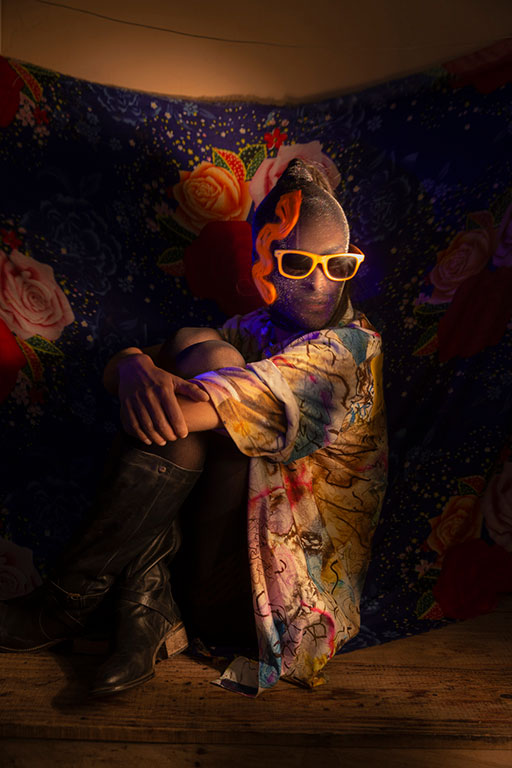
Coming to the ‘Fridge’ series, it is an unusual yet extremely interesting setting for your subjects. Could you elaborate on its conception and the rationale that you followed?
The Fridge series is an ongoing portrait project. I started working on it in late 2018. The idea arose out of a curiosity to capture fascinating and distinguished personas along with their respective refrigerators. This project started as an experiment with friends and family. Eventually, this project evolved to include inspiring artists, actors, and noteworthy people.
I feel the refrigerator, as an object, has an interesting personality. From a distance, it’s just a piece of a box lying in the kitchen corner but from the inside, it is like an actual human being. It acts like an extension of the person it belongs to – how they arrange the food, the kind of food and drinks that’s kept inside and consumed, the temperature that is maintained, and how clean or dirty it is. All this speaks about my subject’s personal identity. The actual philosophy lies in understanding these factors per my subjects.
The Fridge embodies the personality of my subjects. It becomes a go-to place in one’s house and talks a lot about their behaviour, individuality & identity. The concept for this series revolves around this basic idea of a Fridge used as a personal space. There’s a saying ‘you are what you eat.’
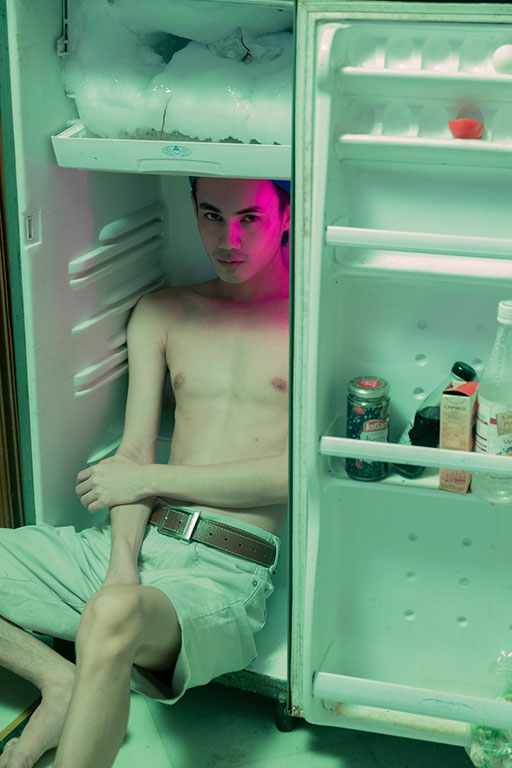
The unorthodox and a keen sense of non-conformity seem key in your work. How do you see the changing boundaries and understandings of gender and identity pan out, especially in fashion photography? Where does the Indian mindset lie in all of this?
The importance of being unorthodox lies in the basic idea of breaking norms in society. Whether it’s related to gender, culture, or breaking rules in photography. Over the years I have noticed this trend is being explored by many artists and photographers. I see a lot of imagery even in the mainstream media that use role reversal as a concept. In Indian Cinema as well, there have been movies that have challenged the general convention. These factors play a major role in shaping the mindset and expressions in the industry of fashion photography.
The industry of fashion photography has always been complemented by fashion houses. In today’s time, there are a lot of fashion studios that are adopting the idea of ‘Gender-less Fashion’. Fashion photography isn’t far behind and has been moulding itself based on these changes, questioning the earlier norms and reforming itself to ask difficult questions around gender and stereotypes.
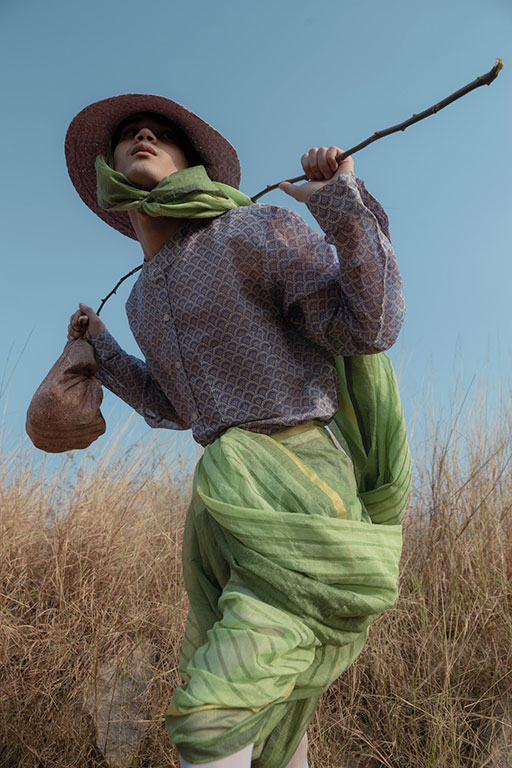
While approaching portraits, how do you find the balance between the body, the face, and the physical surroundings?
The intent of the image plays a central role in my photography process whether it is a portrait or a photo series. It is important to showcase the subject or the theme in a manner that speaks to the viewer. The subject then becomes the centrepiece of the whole composition. Their expressions, body language, the surroundings become the elements that complete this composition.
Using these elements, I direct these shoots based on a theme. It can be a theme that I am personally inclined towards or it could also be about the life, identity, and personality of the subject. Their profession and passion, their preferences and experiences, every aspect of their lives fuels and builds up a visual character in my mind. Based on which I direct and execute the shoot.
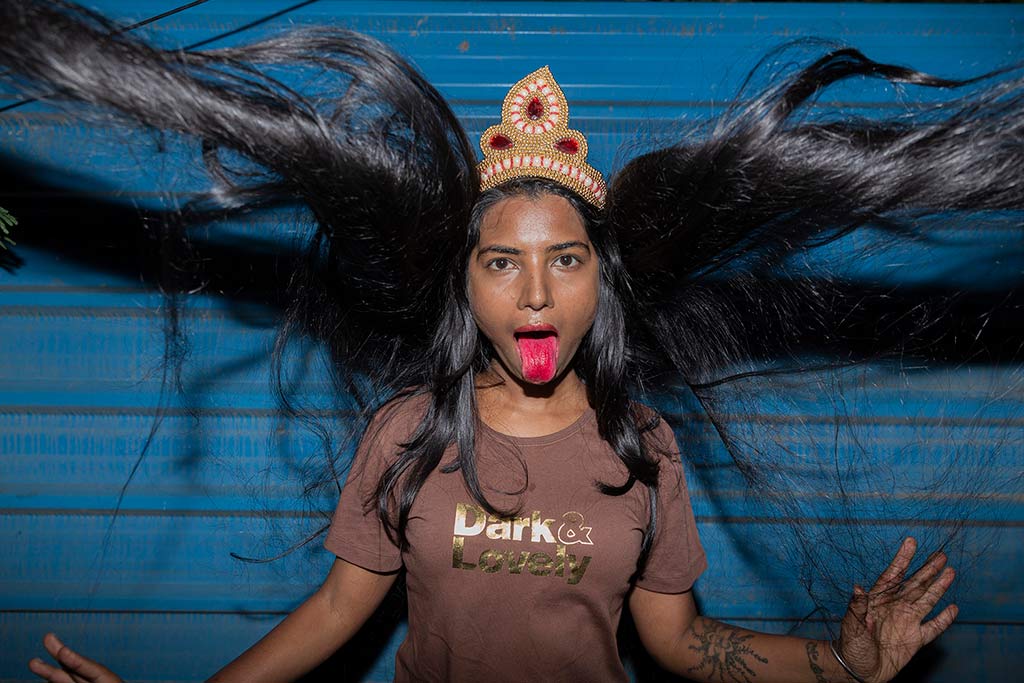
What effect do you think this pandemic has had on photography, especially in terms of pushing boundaries for the radical and the unconventional?
The pandemic has affected the whole world and people from all walks of life have felt its effect. The fashion industry has felt a tectonic shift in the way brands and institutions have been functioning. The expectations of people have evolved over this time and everyone associated needs to evolve accordingly. There is a need to think differently about what we are doing and how we do about it. This period has offered itself as an opportunity for the craft and the photographer to evolve as well.
With the terms of work changing, this has definitely been a time to experiment and push the boundaries of what was thought as the norm. The global scale of this event has given a chance for every artist to express in a very personal way. Even though we face this pandemic as a civilisation, ironically it has also left us a lot of alone time of self-reflection. There are a lot of questions being discussed in the community about universal sentiments, the effect on mental health, our choices, the rise of a multicultural society, and its relation with the fashion industry. Fashion has always been a reflection of society and has influenced it as well. As artists, right now, it is our responsibility to express and question everything we experience, ever more than before.
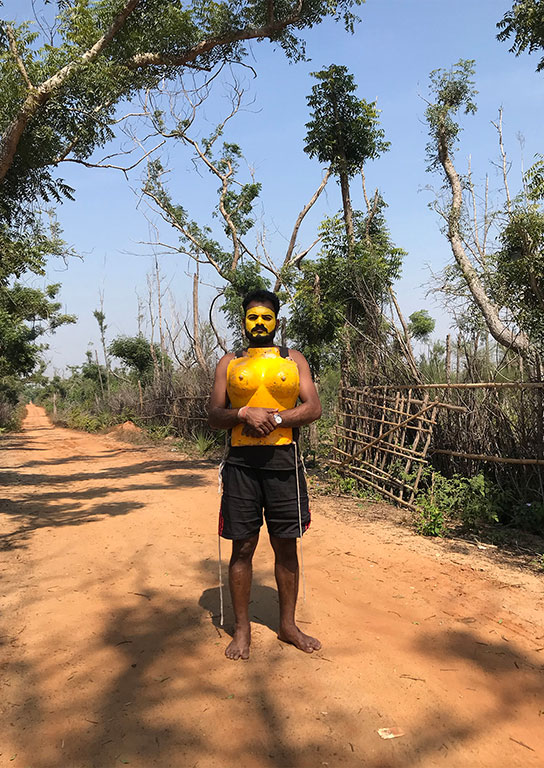
Share

saw your work on instagram. loved it!
looking forward to work with you
please reply me via email your charges per shoot.